“What do I do about this situation?” is a refrain heard early and often in a leader’s career. Or perhaps “How do I get this team to work together?” or “What am I supposed to do with this person?” And why not? Why wouldn’t a leader ask these and similar questions on a regular basis? It’s not as if the secret to resolving these scenarios were part of a comprehensive leadership development program. And it’s not as if they could be explained with a handy copy of the ever mythical “Leadership Manual.” (At least, not one that I am aware of. If you know of one, please let me know!)
I asked each of those questions while serving as a third shift production supervisor in my first leadership role after leaving the U.S. Navy. One early morning, I sat at my desk in a room full of desks but empty of people as my production crew labored on the production floor. This was my first corporate job, and I was excited to be a part of a great organization and wanted to do my best.
Intuitively, I thought “doing my best” meant making the most pounds of finished product per man hour. That seemed logical, but then the “people issues” started to pop up, and my sense of clarity dissolved. The more I listened to my crew, the longer the list of people-related issues became. When I looked for help, I was labeled as too soft. I was told to be harder, more direct, more demanding—and that would make the people problems go away.
Hmm. While I understood that short-sighted approach to leading people, I didn’t align with any of it. “I would not want to be treated that way,” I thought. I knew that an unreasonably demanding leader, especially one who hadn’t earned trust or respect, would do more harm than good if I was seeking sustainable performance.
People would say, “You were military. Just treat them like you were still in the Navy.” I’d think the person saying that had never been in the military. I had never been expected to produce a result for someone I didn’t trust and respect while on active duty. They didn’t know what they were talking about, despite their certainty.
So sitting at that desk in the empty room, I wished I had a leadership manual to guide me. This was before the internet, so there was no resource I could tap into at 3am. Everyone else in the company was asleep except for me and my crew.
If my peers couldn’t help, maybe my manager could. One solution that made sense was to invite my boss to a crew meeting so we could share our list of “fixable opportunities.” It sounded like a brilliant plan. Problems (I would later learn to call these “interference” based on Tim Gallwey’s writing) would be solved and production would increase. Simple. Why hadn’t this meeting happened before?
“Not so fast my friend,” to quote a wise man. Each item on our list was rejected as being my fault or the team’s fault and supposedly within our control to fix. At first, I thought it was a joke. It wasn’t. Later, I realized the list consisted of interference points that were organizational in origin—cultural as much as practical—requiring deeper understanding and resolution. The first lesson: the organization didn’t see reducing interference as a path to better production.
I was gobsmacked. It was a paradigm shift. I had thought my job was about results and production. But my team had been trying to teach me that if their needs were met first—if interference was removed—production would follow. That meeting taught me I was in a different place than my boss or company. It taught me a second lesson: if I prioritized “people first, results second,” and provided the right leadership, I would see sustainable team performance.
Oddly, none of this was in any leadership manual. It became clear that that missing manual was like the long-lost “parenting manual” many parents long for. My best teachers were the people on my team—if only I would ask and listen. There was no such leadership (or parenting) manual. Never was and none are forthcoming.





